If you aren’t a Eurodollar University member, become one and get access to Classroom vids, The Basics, Weekly Recaps, Q&As, and all the special presentations right here.
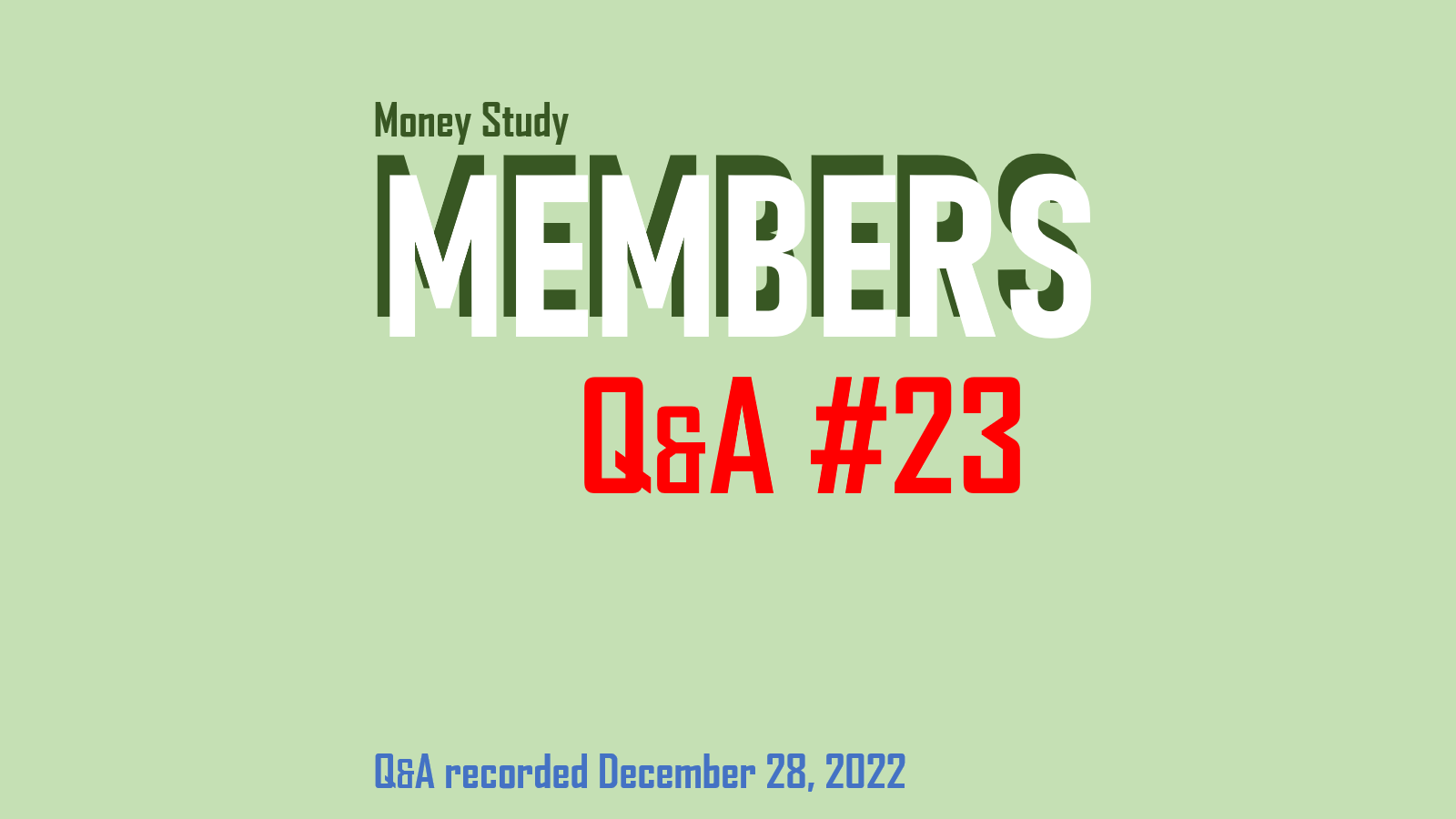

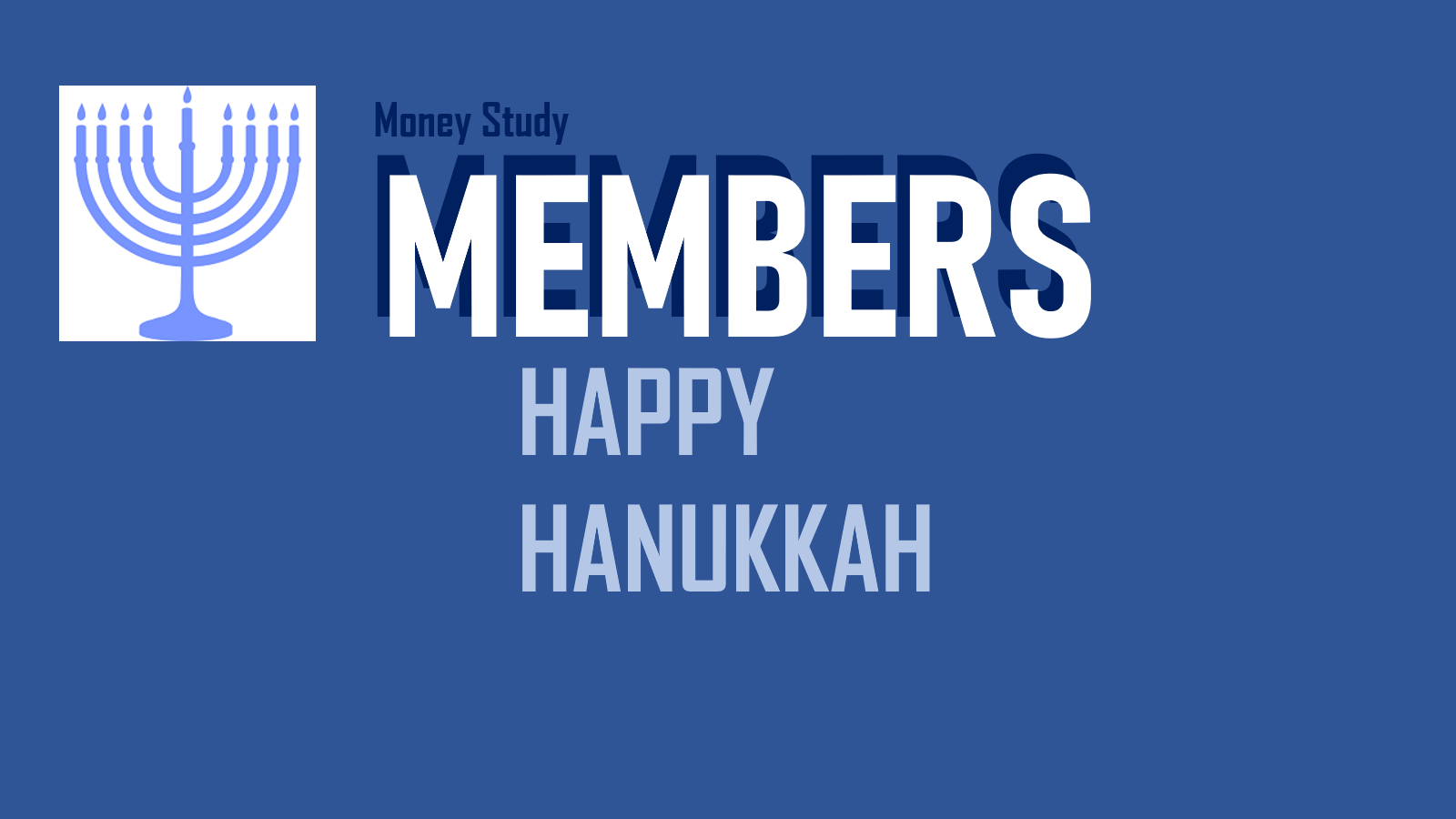
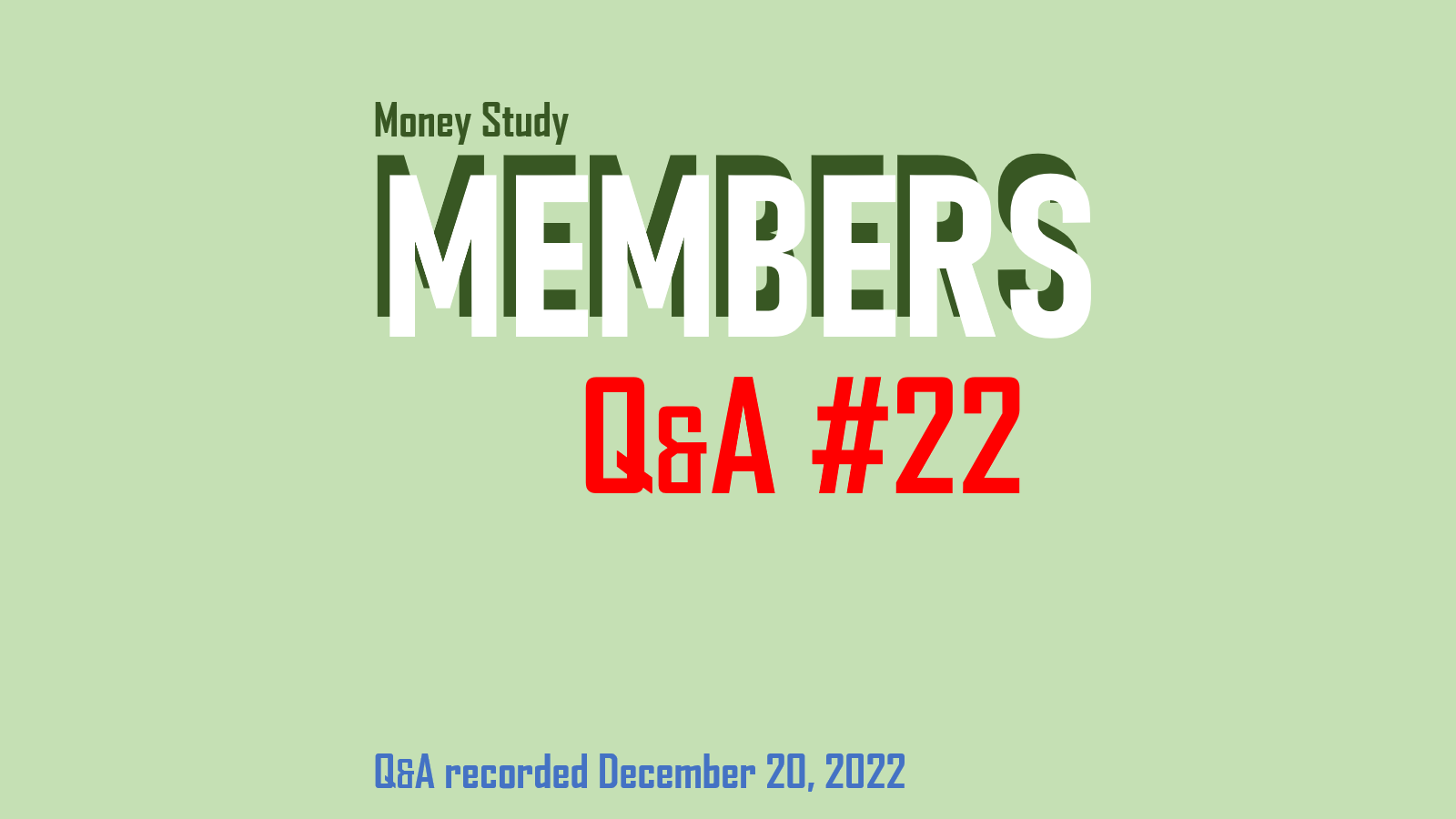
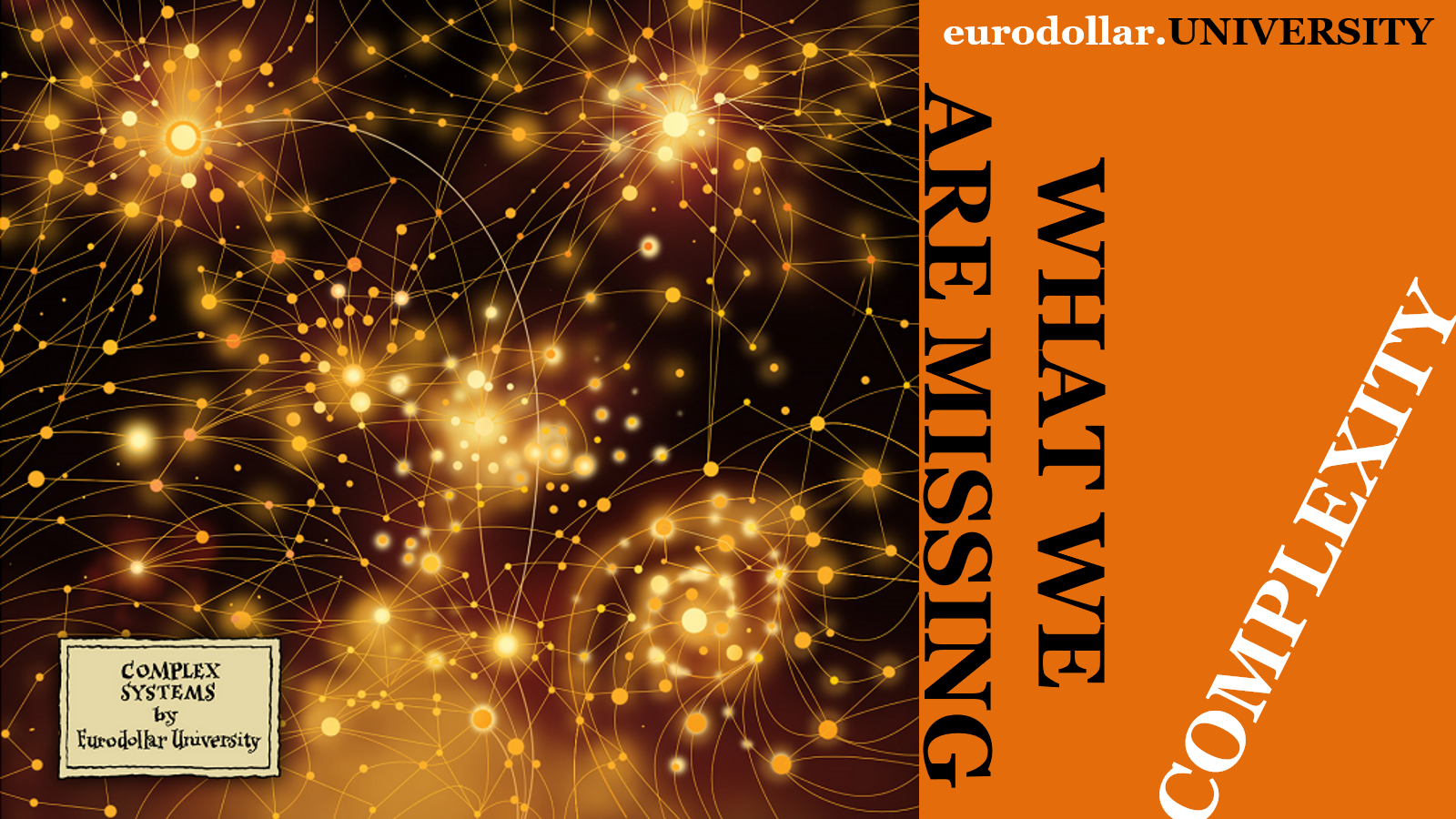
What 'We' Are Missing, Complexity Part 2
In the textbook, money and monetary policies are easy, like flipping a switch. For the longest time, it had become taken for granted that central banks could employ a very simple lever to exercise control over seemingly everything. Is that how it really worked? What might happen if it wasn’t, then didn’t? History would repeat.
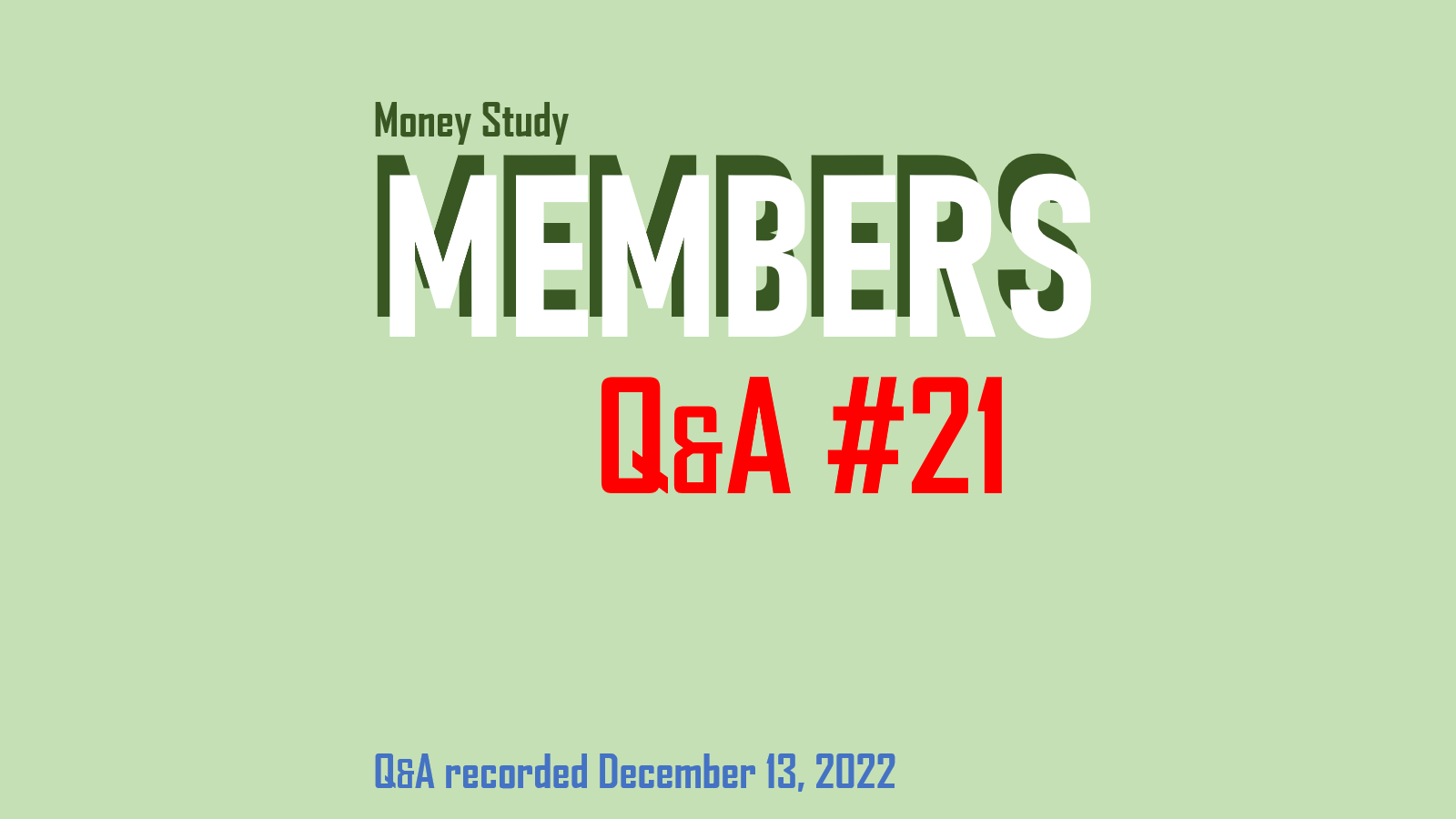

What 'We' Are Missing, Complexity Part 1
History doesn’t just repeat, it has repeated. Before we explore the repeating, we’ll first examine the previous occurrence to see what we can learn from it authorities did not. From massive monetary innovation to policymakers not keeping up with it and therefore officials wholly unprepared when the time came; October 1929 like August 2007.
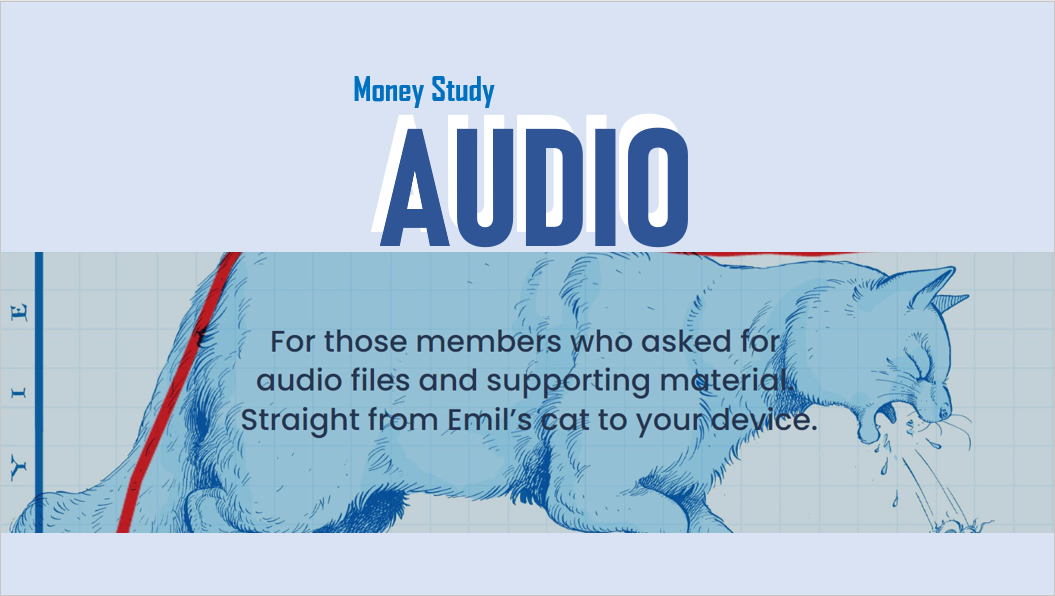
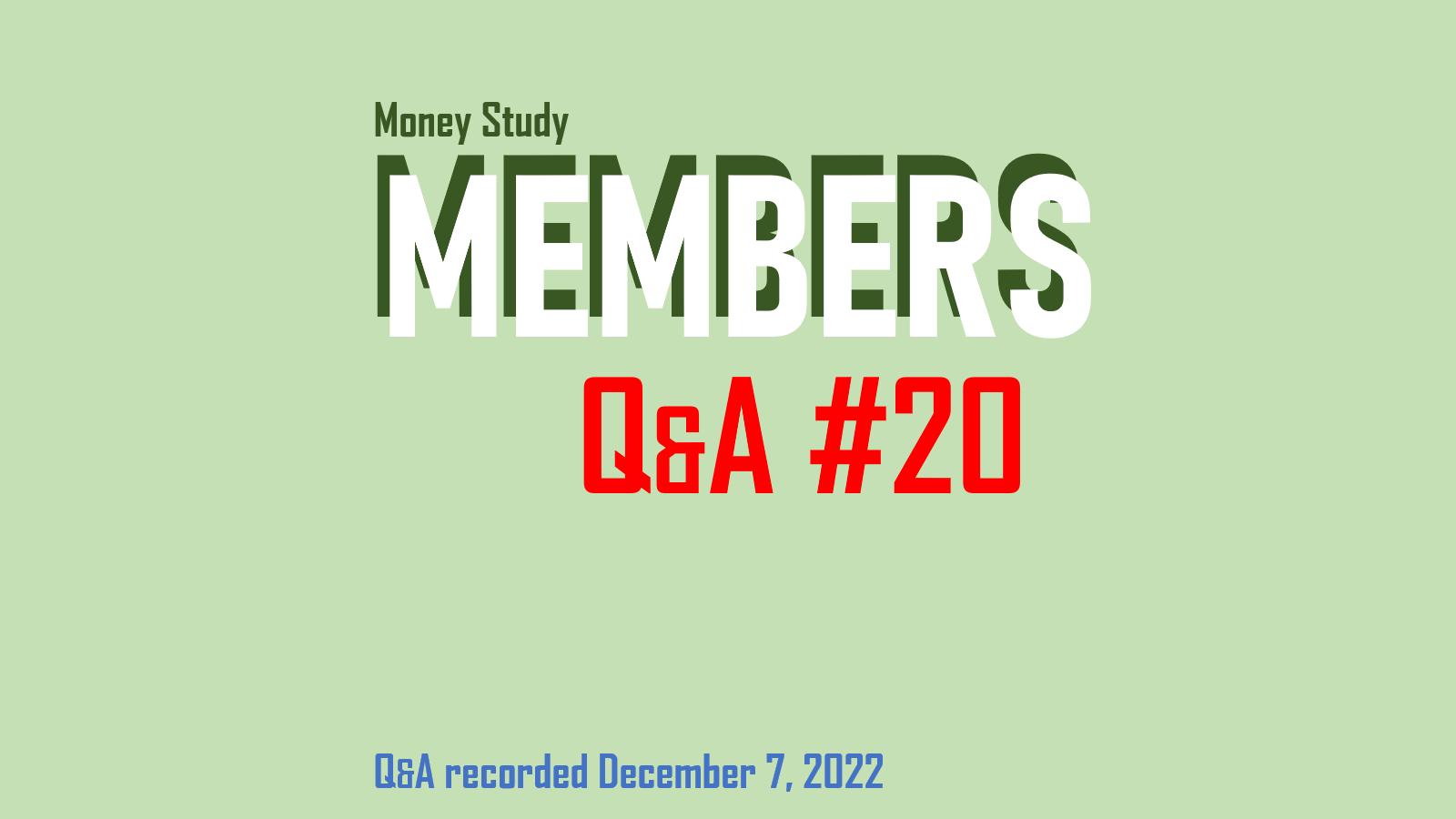
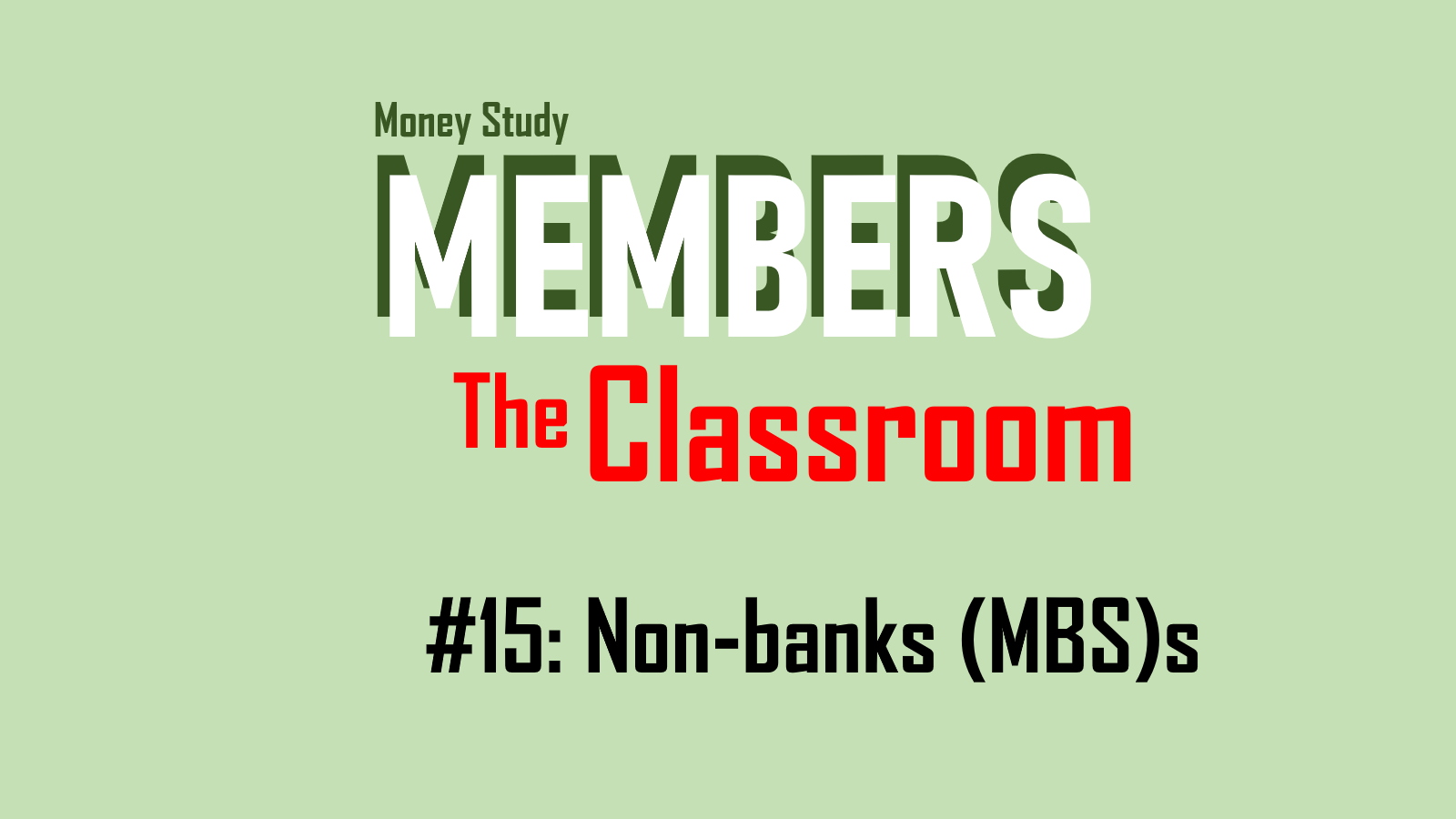
Member Video #15: Non-banks (MBS)
The biggest part of the non-bank contributions to the eurodollar system, the MBS. We’ll get into the details behind securitization, turning illiquid mortgages into repo-able, mostly liquid instruments. How it all works, or doesn’t.
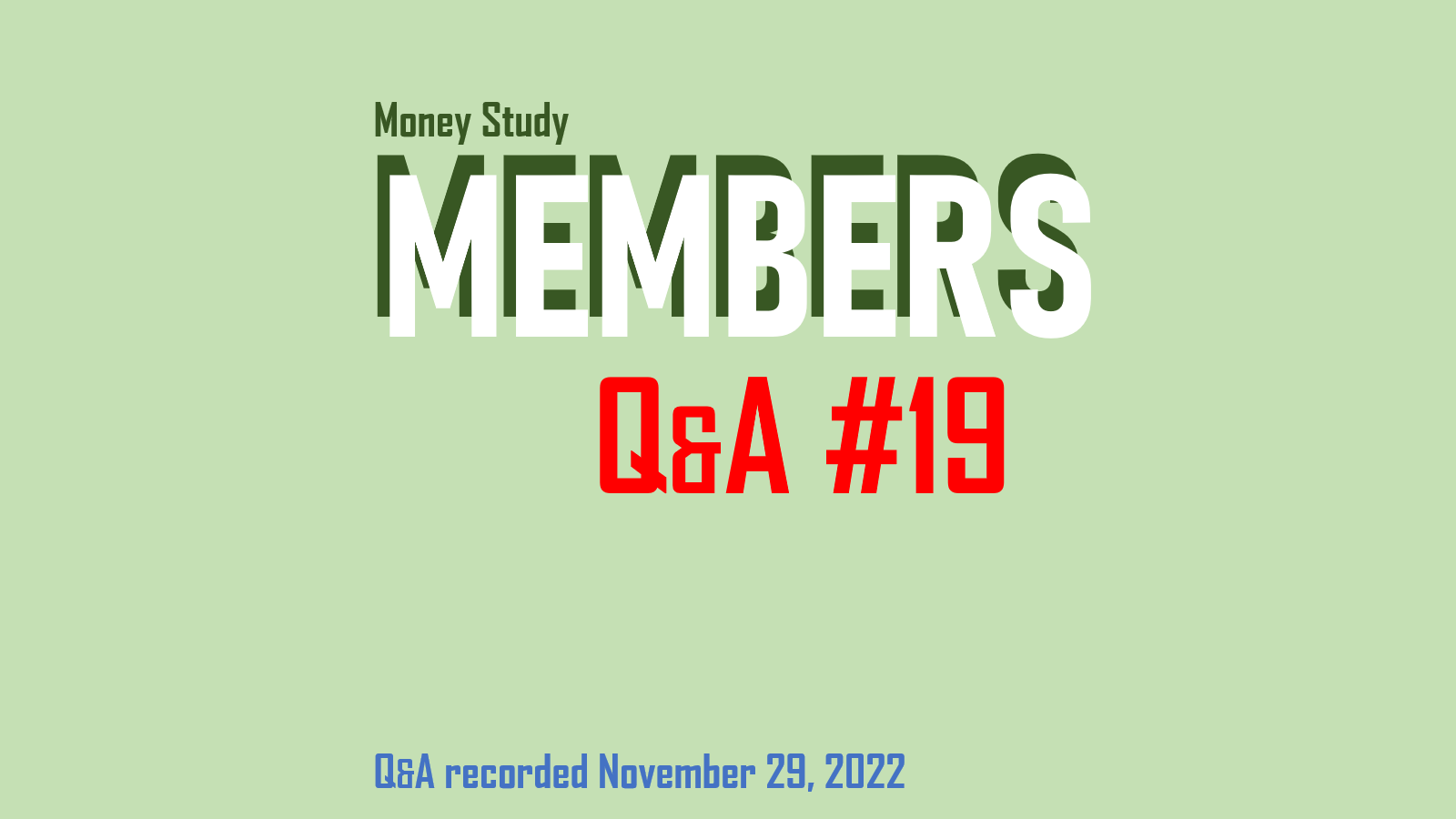
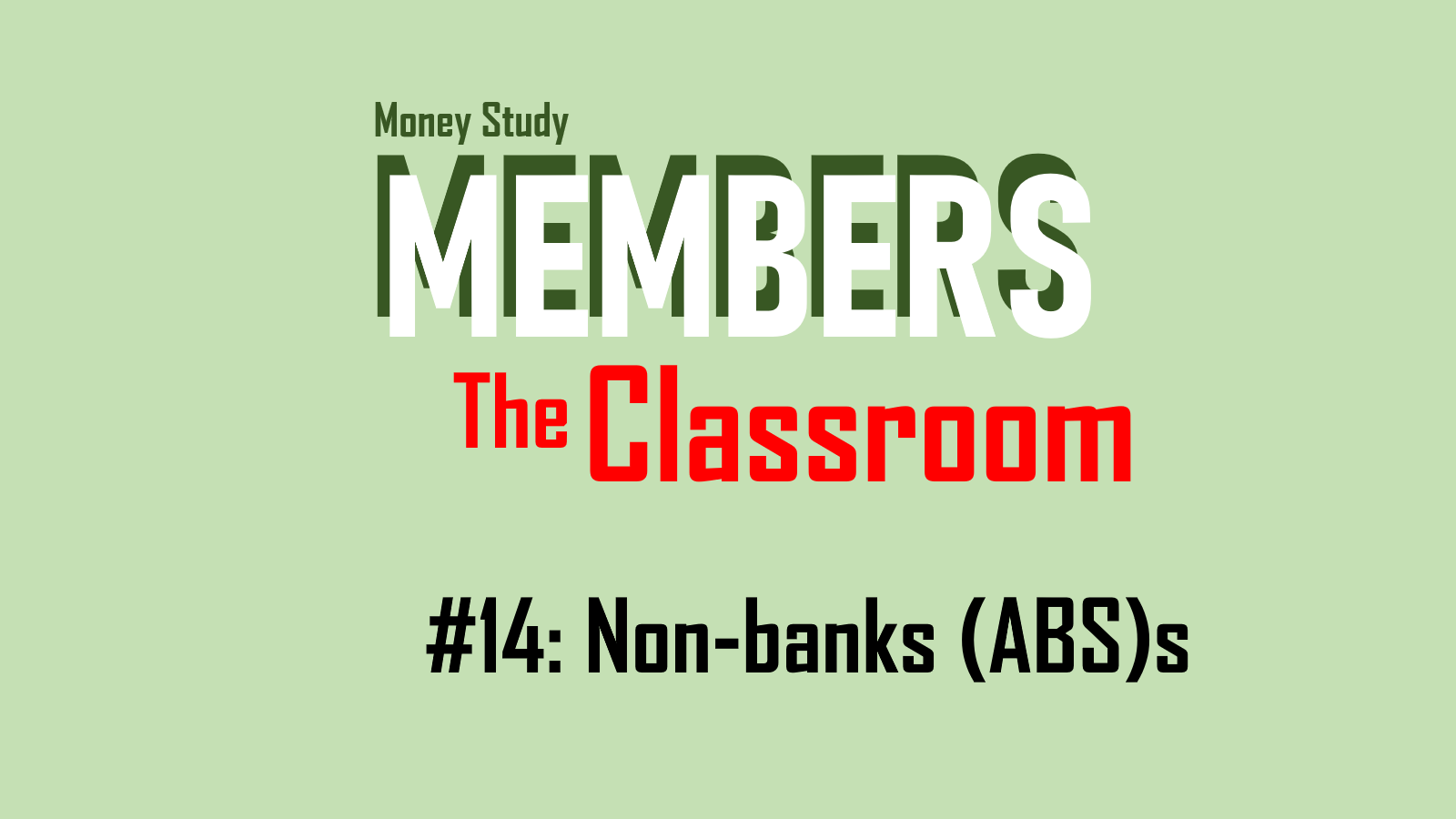
Member Video #14: Non-banks (ABS)
If you’ve ever wondered if you’ve “used” eurodollars, the answer is almost certainly, yes. From the long chains of interbank transactions to the real economy, ABS are a big part of the shadow money system and where most regular folks get involved in making the magic.
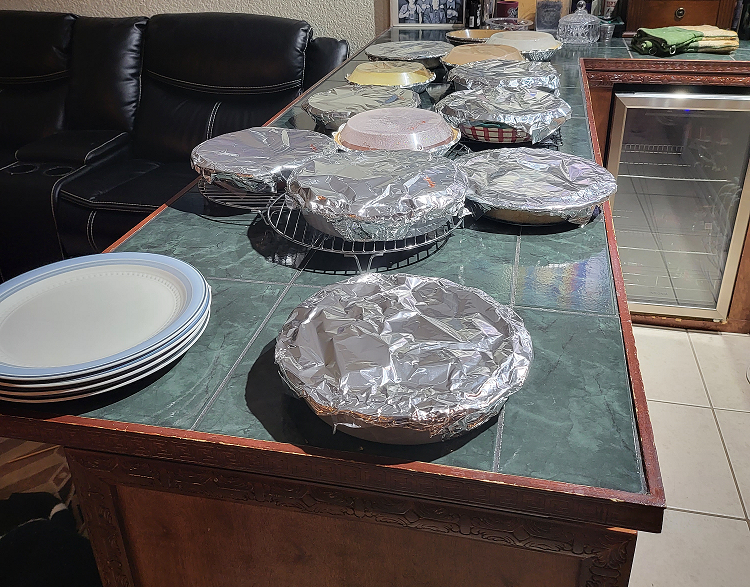
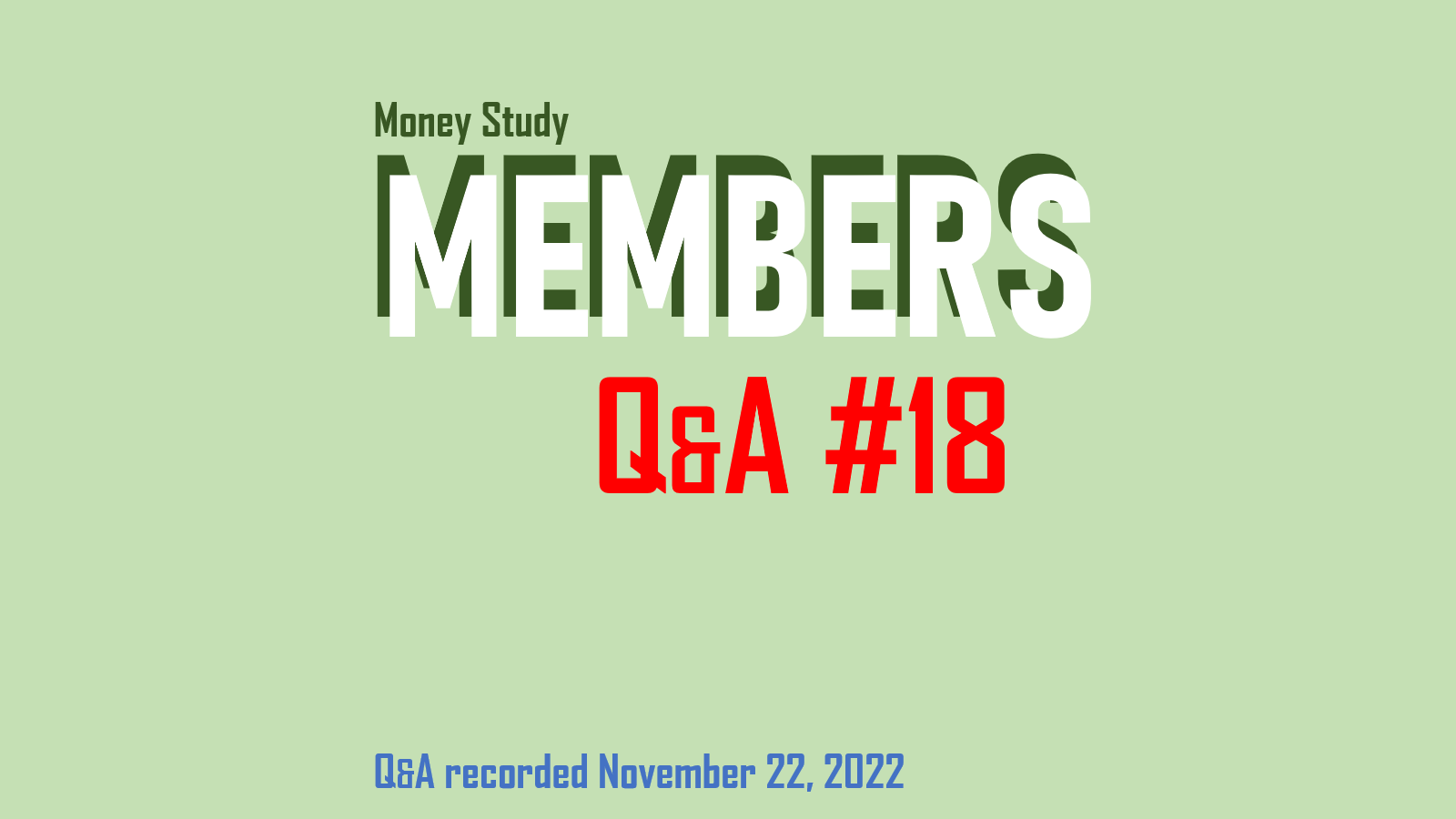
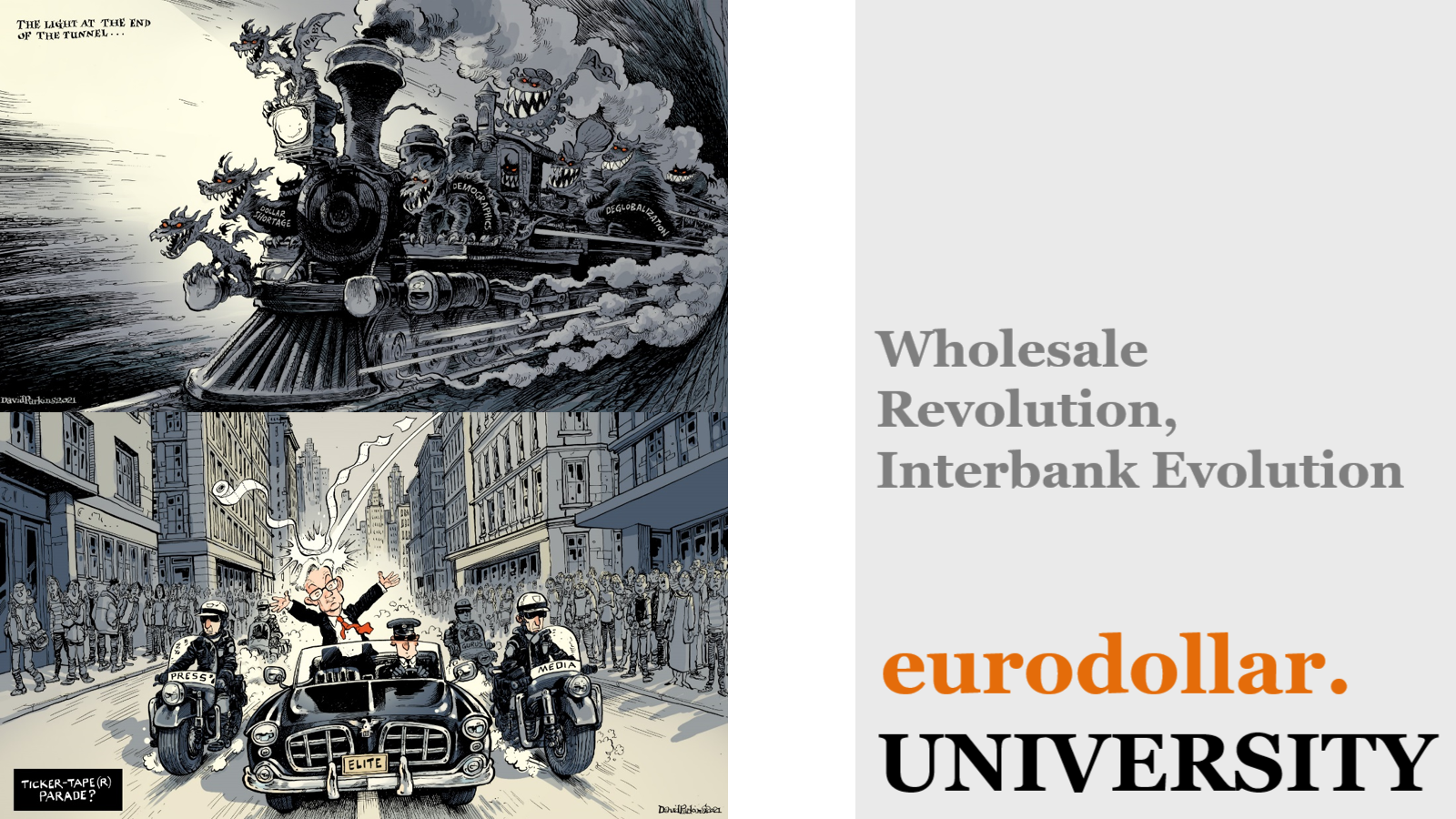
Wholesale Revolution, Part 3
The Federal Reserve was designed specifically to handle the monetary crisis in ‘07 - 1907. If the monetary system had simply remained as it was back then, there wouldn’t have been 1929 nor 2007 (and so much in between). But the system did keep evolving even if authorities refused to keep up and we all paid the price.
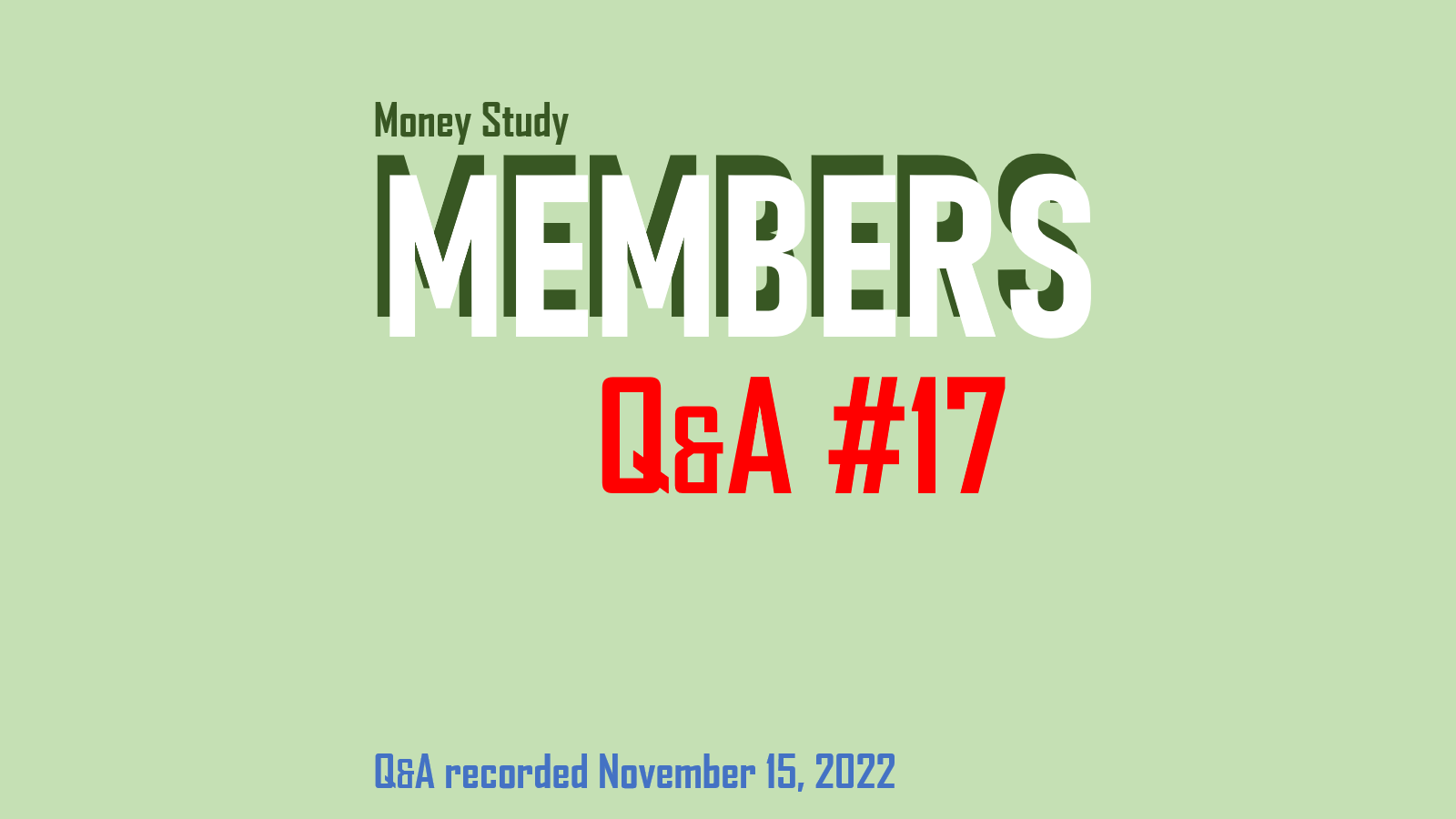

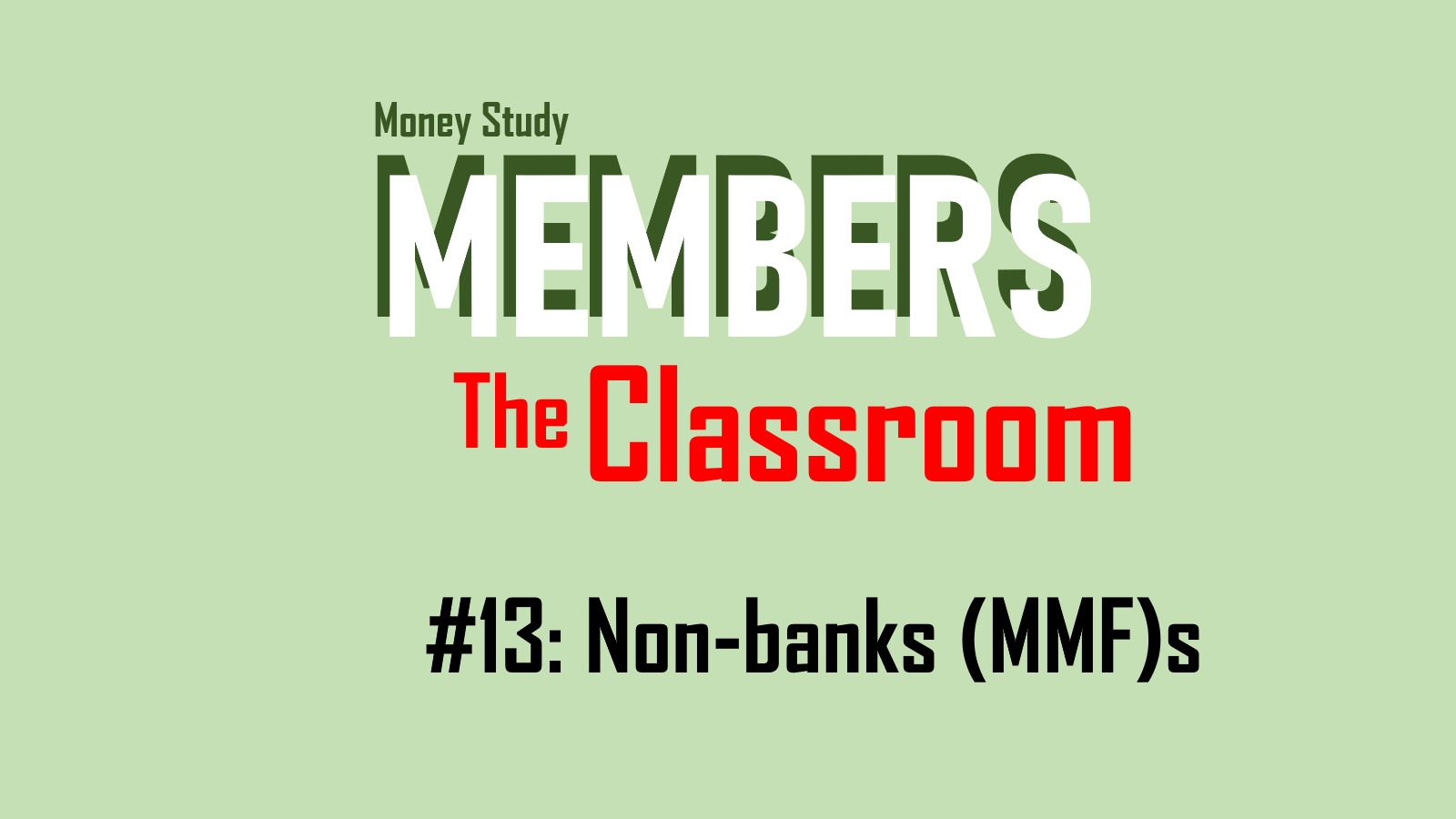
Member Video #13: Non-banks (MMF)
In 2011, Ben Bernanke said he didn’t think money market funds should exist. But they do, and play a pivotal part in the monetary plumbing, a key thread in the eurodollar fabric. Bring on the non-banks.
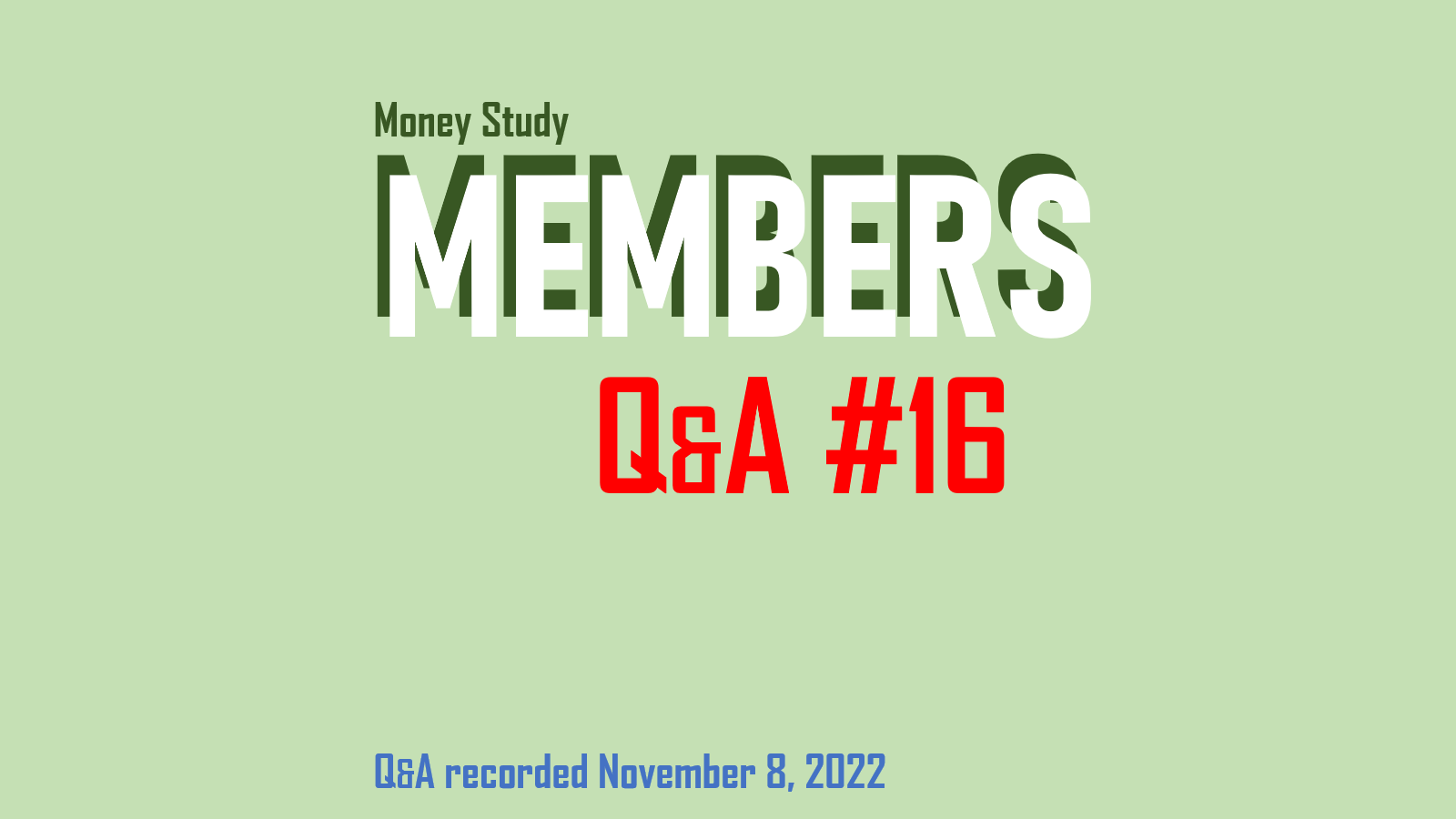

Wholesale Revolution, Part 2
We don’t get to the eurodollar system’s long chains of interbank transactions without having first developed an intricate, useful interbank system. Maybe surprising to some, the Federal Reserve was supposed to be its replacement…until it wasn’t.
